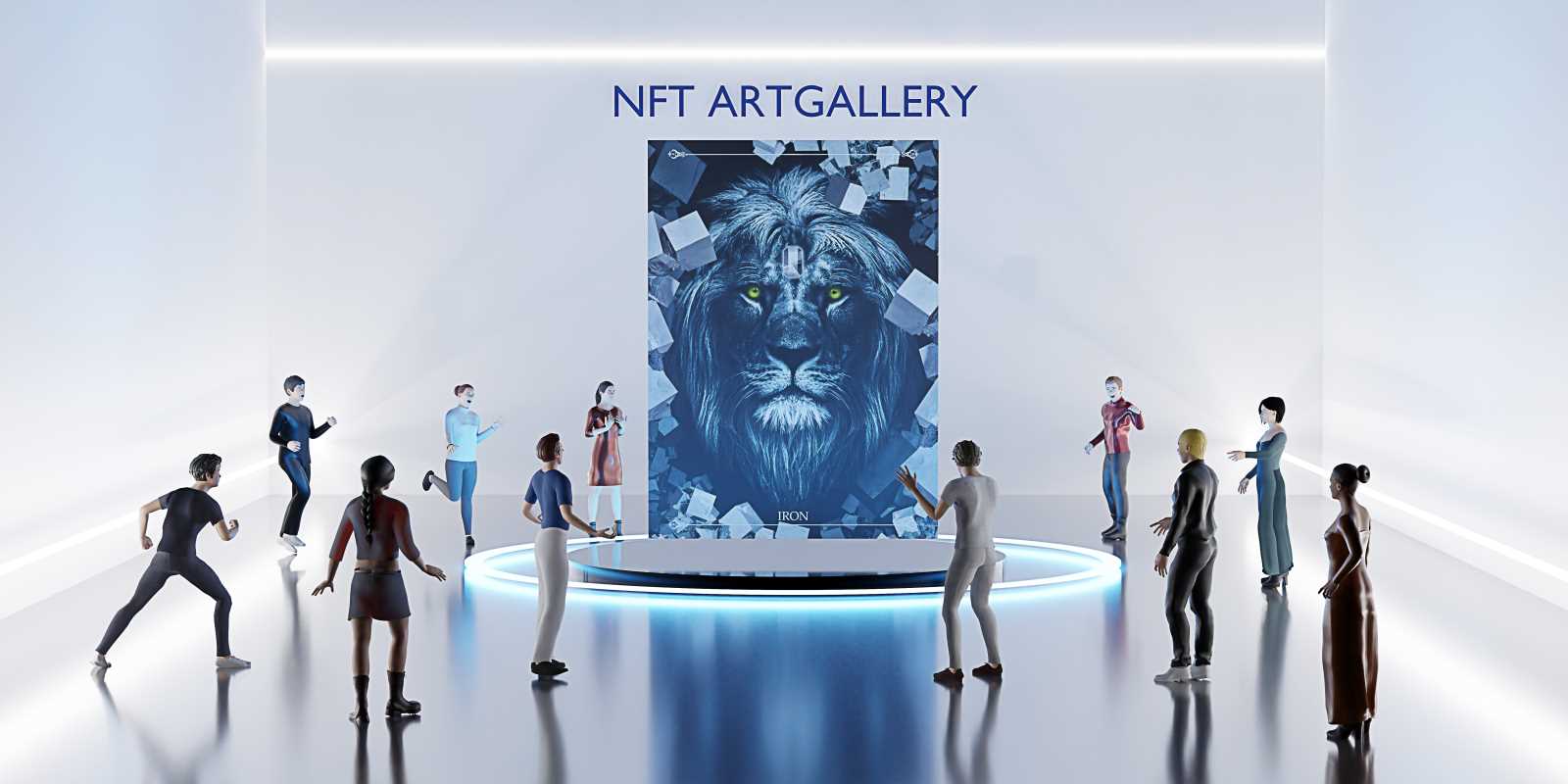Imagine paying thousands, or even millions, for a digital picture of a monkey or a GIF someone made on their computer. It sounds strange, right? Yet, that’s exactly what happened when NFTs, or non-fungible tokens, exploded onto the scene a few years ago. They promised a way to own unique digital items, shaking up industries like art, gaming, and even music. But as the hype around NFTs has cooled, many are asking if they’re still worth all the attention or if their time has come and gone.
NFTs remain a fascinating but often misunderstood part of the internet and digital economy. They’re not just about expensive digital art; they represent a new frontier for ownership and creativity in the digital age. But with growing skepticism and declining sales in some areas, do NFTs still have a place in tech and culture? Let's explore.
What Are NFTs?
To understand NFTs, it helps to break the concept down. First, the term “non-fungible token” might sound overly technical, but it’s simpler than it seems.
Breaking Down the Basics
- Non-fungible: This just means that it’s unique and cannot be replaced by an identical item. For example, a dollar bill is fungible because every $1 bill has the same value. But a rare trading card or work of art is non-fungible because no two are exactly alike.
- Token: A token is a piece of data stored on a blockchain, which is a secure digital ledger that records transactions.
NFTs are digital certificates of ownership tied to a unique item. While most things on the internet can be endlessly copied (think memes, photos, and videos), an NFT points to the original version and identifies the owner. Think of it like owning the original Mona Lisa in a world where millions of reproductions exist.
Real-World Examples of NFTs
- Digital Art: Artists like Beeple sold NFTs of their digital creations for millions, giving collectors a chance to own “the real thing” in digital form.
- Virtual Goods in Games: Players can buy unique skins, weapons, or characters as NFTs in games, with proof that they truly own these items.
- Music and Concert Tickets: Musicians are using NFTs to sell albums, exclusive songs, or even VIP access to events.
Where NFTs Were Headed
When NFTs first debuted, their potential seemed endless. Enthusiasts envisioned a world where these tokens would revolutionize industries.
Art and Collectibles
NFTs gave digital artists a way to monetize their work directly without needing galleries or middlemen. They made headlines with sales like Beeple’s artwork “Everydays: The First 5000 Days,” which sold for $69 million. For creators, it seemed like a dream come true, offering new ways to profit from their craft.
Gaming
The gaming world also saw a boom in NFT-related developments. Players could “own” items in games, and these items could even be bought, sold, or traded outside the game itself. Play-to-earn games like Axie Infinity emerged, where players earned cryptocurrency by playing.
Community and Membership
NFTs weren’t just about owning assets. Some acted as digital memberships. For example, owning an NFT from certain projects gave people access to private online communities, virtual events, or even exclusive perks in real life.
The Reality Check
Despite the excitement, NFTs have faced mounting criticism and challenges.
Declining Sales
The NFT market saw meteoric growth in 2021 but experienced significant drops in sales and prices over the last year or two. Many people who bought NFTs hoping to resell them for profit ended up losing money as demand cooled.
Environmental Concerns
Because NFTs often rely on blockchain technology (specifically Ethereum), they can require a lot of computing power. This energy use raised concerns about their environmental impact, especially in a world already grappling with climate change.
Scams and Controversies
The gold rush around NFTs also attracted scammers. Duplicate NFTs, fake projects, and “rug pulls” (when project creators disappear with investors’ money) became common. This left many cautious about investing in NFTs again.
Are NFTs Still Relevant?
Though the buzz around NFTs has quieted, they aren’t dead. Instead, their role has been shifting.
Use Cases Beyond Art
While digital art grabbed attention early on, NFTs are finding lasting applications in other areas:
- Real Estate: NFTs are being used to record fractional ownership in real-world assets, letting individuals invest in properties.
- Digital Identity: NFTs can store and verify credentials, like college degrees or work certifications, securely online.
- Fashion: Brands like Nike and Gucci are experimenting with NFTs for verifying authenticity and offering virtual versions of their products.
The Role of Web3 and Metaverse
NFTs are also closely tied to the emerging concept of Web3, a decentralized internet. With companies investing in the metaverse (virtual worlds where people can work, play, and socialize), NFTs could have a renewed purpose. For example, they might serve as virtual real estate deeds or proof of ownership in virtual economies.
For NFTs to remain relevant, several problems need solutions:
- User Experience: Buying and storing NFTs can still feel complicated or intimidating to newcomers. Simplifying the process is key to wider adoption.
- Regulation: Governments are unclear on how to treat NFTs (as art? Currency? Something else?). Clear regulatory guidelines would give the market more stability.
- Broad Appeal: NFTs must prove their utility beyond niche audiences to thrive long-term.
If you’re wondering whether NFTs are still worth your time or investment, it depends on your interests. For artists, developers, or gamers, they still offer exciting possibilities for ownership and creativity. For casual collectors, they might serve as a fun way to support creators or explore digital communities.
 (Image via
(Image via





